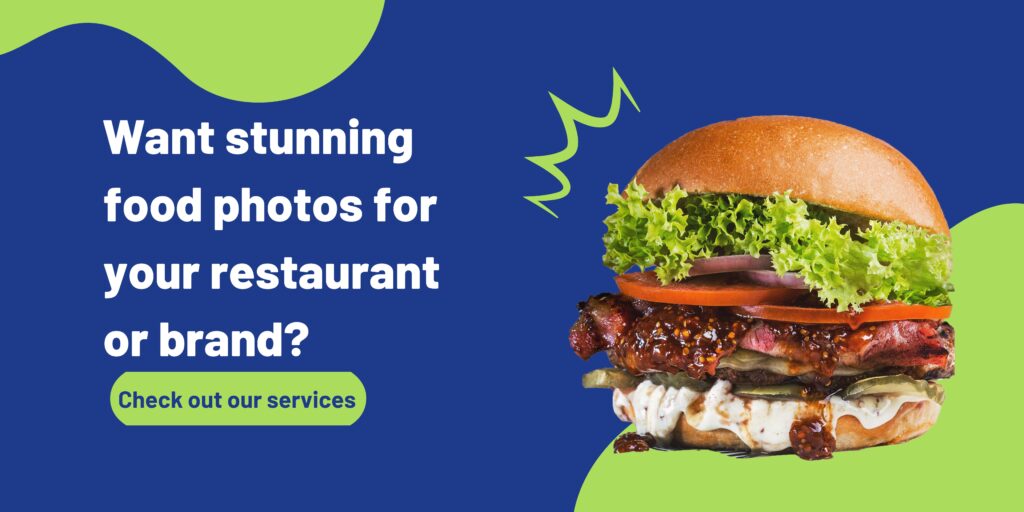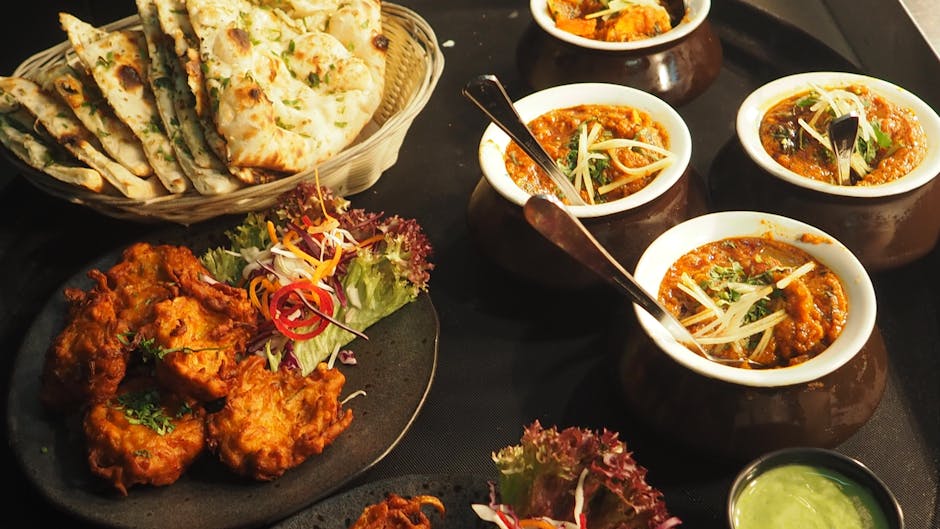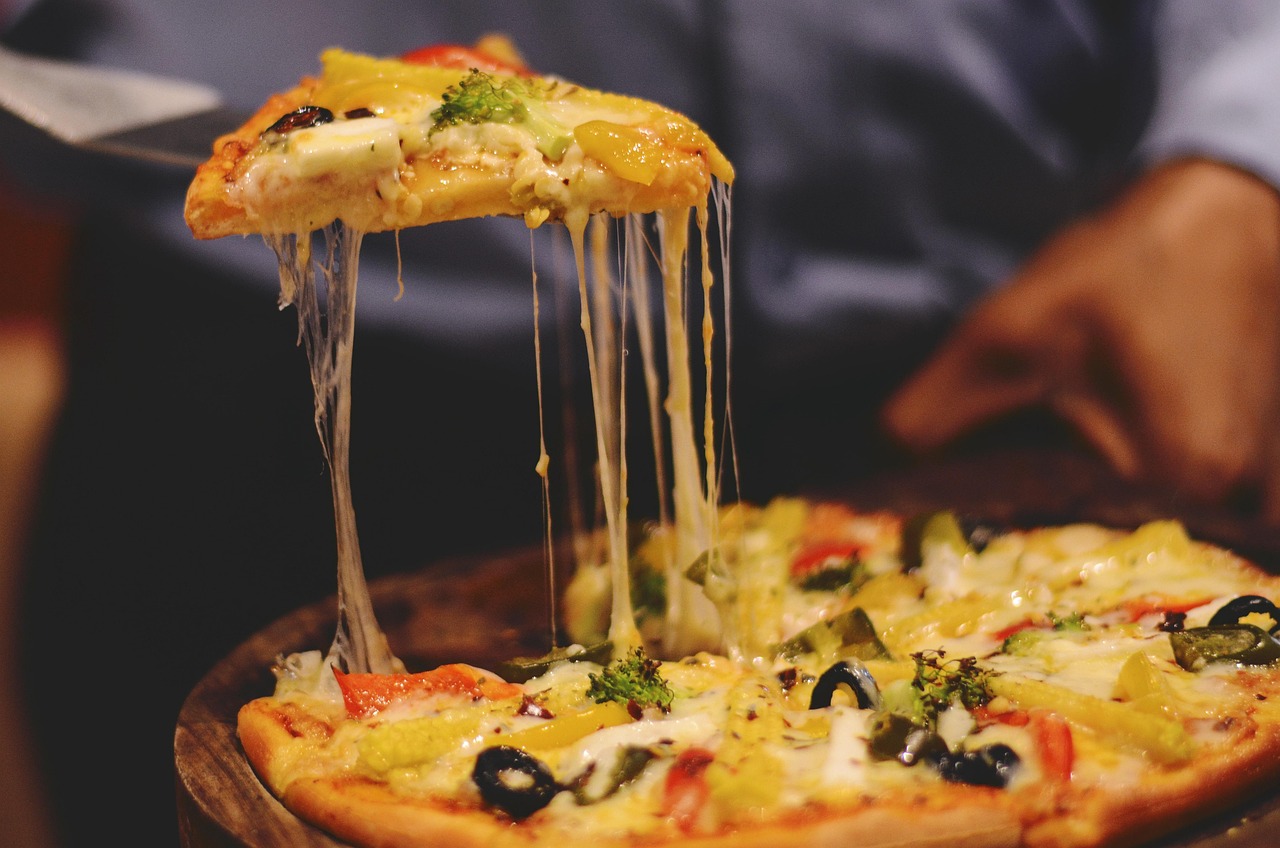Food photography thrives in London, Ontario, a city bursting with culinary charm. From fresh perch hauled from Lake Erie to seasonal finds at Covent Garden Market, the local food scene offers endless inspiration. Restaurants and cafes here blend farm-fresh ingredients with creative flair, making it a perfect playground for capturing stunning food images.
Why Food Photography Matters
In a city as food-focused as London, Ontario, food photography is more than just a hobby—it’s a powerful tool for local businesses and creators. For restaurant owners, captivating images can elevate menus and draw in customers. Food bloggers rely on eye-catching shots to share recipes inspired by the region’s bounty, while social media influencers use them to build a loyal following. High-quality food photography tells a story, captures attention, and sets you apart in a competitive digital world. Whether you’re promoting a dish or showcasing the London, Ontario food scene, it’s an essential skill for success.
2. Essential Equipment

Getting started with food photography doesn’t mean breaking the bank. From beginners to seasoned pros in London, Ontario, here’s the gear you need to create mouthwatering images.
Cameras for Every Budget
- Smartphones: Most people already own a smartphone, and with the right techniques, it’s a fantastic starting point for food photography. Perfect for snapping quick shots at local markets or posting to Instagram on the go.
- DSLRs: For more control and professional results, a DSLR like the Canon EOS Rebel or Nikon D3500 is a solid investment. These cameras let you fine-tune settings to capture every detail of your dish.
The good news? High-quality food photography is about skill, not just expensive equipment—making it accessible to everyone in London, Ontario.
Recommended Lenses
- 50mm Prime Lens: A favorite among food photographers, this lens is versatile and ideal for close-up shots. It creates a creamy background blur (bokeh) that makes dishes like a hearty soup or fresh pastry pop.
- Macro Lens: Want to zoom in on the flaky layers of a croissant or the vibrant hues of market-fresh veggies? A macro lens is your go-to for showcasing intricate textures and details.
Both options are widely available online or at camera shops shipping to Canada, perfect for London, Ontario photographers.
Key Accessories
- Tripods: A tripod keeps your camera steady, ensuring crisp images—crucial for low-light settings like dimly lit restaurants or cozy cafes in London.
- Reflectors: Bounce natural light onto your subject to soften shadows, especially handy on London’s cloudy days. A simple white card or affordable reflector works wonders.
- Diffusers: Soften harsh sunlight or artificial light with a diffuser for a polished, professional look. Great for outdoor shoots at food markets or festivals.
These food photography essentials are easy to find at local retailers or online stores like Amazon.ca, delivering straight to London, Ontario.

3. Lighting Techniques
Lighting is a critical element in food photography, and in London, Ontario, where weather can be unpredictable, mastering both natural and artificial light is key to capturing stunning food images. Here’s how to make the most of your lighting setup.
Natural Light in London
Nothing beats natural light for food photography, and London’s temperate climate provides plenty of opportunities to use it effectively. Position your dish near a large window during the golden hours—early morning or late afternoon—when the light is soft and warm. This timing enhances the colors and textures of your food, making it look fresh and inviting. Given London’s seasonal shifts, plan your shoots to take advantage of longer summer days or the cozy glow of winter light filtering through the city’s frosty windows.
Artificial Lighting Options
When natural light fades—think overcast days or short winter afternoons—artificial lighting ensures consistent results for your food photography. Affordable options like softboxes or ring lights are perfect for indoor setups, offering a soft, even glow that mimics daylight. These tools are easy to find online or at local stores and are a must-have for London photographers facing gloomy weather. Set them up to eliminate harsh shadows and highlight your dish’s best features, no matter the time of day.
Adapting to Local Weather
London’s variable weather can challenge even seasoned food photographers, but with a few adjustments, you can keep your food photography on point. On cloudy days, increase your camera’s exposure or use a reflector to bounce light onto your subject. During winter, when daylight is scarce, supplement with LED panels or portable lights to brighten your scene without losing detail. These tweaks ensure your food photos stay vibrant and appetizing, regardless of the forecast.
4. Composition and Styling
In food photography, composition and styling turn a simple dish into a visual story. For London, Ontario readers, adding local flair makes your images relatable and eye-catching. Here’s how to style your shots with a hometown touch.
Showcasing Local Ingredients
Incorporate seasonal produce to bring London’s agricultural heritage into your food photography. Use crisp apples from nearby orchards, sweet berries from local farms, or a drizzle of Ontario maple syrup to add flavor and color. These elements not only make your photos pop but also connect with London’s food-loving community. A shot of a maple-glazed dessert or a berry-topped tart, for instance, screams local pride and seasonal freshness.
Props with a Local Twist
Props elevate your food photography, and in London, they can reflect the city’s unique vibe. Try rustic wooden boards or vintage plates from local antique shops like those along Richmond Street. For a subtle nod to the Thames River, weave in natural elements like river stones or greenery. These choices create a cohesive look that feels authentically London, drawing viewers into the scene and making your food the star.
Composition Tips
Strong composition is the secret to drool-worthy food photography. Here are three techniques to master:
- Rule of Thirds: Divide your frame into a 3×3 grid and place your dish off-center for a balanced, dynamic shot.
- Overhead Shots: Capture flat dishes like pizzas or charcuterie boards from above to show off every detail in one frame.
- 45-Degree Angles: Shoot layered foods like cakes or burgers at this angle to emphasize depth and texture, inviting viewers to dig in.
These tips, paired with London-inspired styling, will help you create food photography that’s both beautiful and locally relevant.
5. Post-Processing
In food photography, post-processing is where your images transform from good to great. Whether you’re a professional or a beginner in London, Ontario, these editing tools and techniques will help you enhance your photos while keeping them authentic for the local food-loving audience.
Editing Tools
- For Professionals: Adobe Lightroom is a top choice for food photography experts. Its powerful features let you fine-tune colors, exposure, and details, perfect for showcasing London’s culinary delights.
- For Beginners: Free tools like Canva or Photopea are excellent starting points. They’re easy to use and offer essential editing options to elevate your food photography without a steep learning curve.
These tools are widely accessible, making them ideal for photographers in London, Ontario, whether you’re editing at home or on the move.
Enhancing Your Photos
To make your food photography stand out, focus on these key adjustments:
- Brightness: Tweak exposure to brighten your shots, especially helpful for moody London weather days, ensuring dishes look appetizing.
- Color Boost: Highlight the natural vibrancy of London’s seasonal foods—like rich greens in spring salads or warm oranges in fall harvest plates—to add life without overdoing it.
- Sharpening Details: Enhance textures, such as the flaky layers of a pastry or the sheen of a sauce, to draw attention to the dish’s best qualities.
Keeping It Natural
London’s food enthusiasts value authenticity, so keep your edits subtle. Avoid heavy filters or over-saturation that can make your food photography look fake. Instead, aim for enhancements that reflect the true appeal of local dishes, from farm-fresh meals to treats at a neighborhood cafe.
6. Local Challenges and Solutions
London, Ontario, offers a unique setting for food photography, but it comes with challenges. Here’s how to tackle them and use the city’s charm to your advantage.
Winter Light Limitations
Low light in London’s winter months can dim your food photography, but these solutions keep your shots bright:
- Artificial Lights: Use affordable softboxes or LED lights to recreate natural daylight indoors, ensuring consistent quality.
- Midday Window Shoots: Plan shoots near large windows during midday when sunlight is at its peak, capturing your dishes in the best natural glow.
These tricks help you maintain stunning food photography all year long.
Unique Backdrops in London
London’s local landscapes and architecture provide perfect natural backdrops for food photography. Try these spots:
- Historic Downtown Buildings: The brick walls of heritage sites add a rustic, urban feel—great for modern or hearty dishes.
- Victoria Park: Frame your shots with the park’s greenery or colorful fall leaves for a fresh, seasonal vibe.
- Springbank Park: Use the riverside scenery for a calm, nature-inspired setting, ideal for farm-to-table or picnic-style photos.
These locations connect your food photography to London’s character, making it more relatable to locals.
Collaborating Locally
Team up with London’s chefs, cafes, or restaurants for styled food photography shoots. These partnerships create a win-win: you build your portfolio with professional images, and businesses get eye-catching visuals for menus or social media. Reach out to places like Covent Garden Market or eateries on Richmond Row to get started.
7. Resources and Communities
London, Ontario, is a hub of opportunities for anyone eager to dive into food photography. From professional shooting spaces to skill-building courses and vibrant networks, here’s how to kickstart your journey.
Photography Spaces
For a controlled environment to perfect your food photography, explore local studios in London, Ontario. Gotham Studios provides professional-grade setups with lighting and backdrops ideal for capturing stunning food shots. If you’re up for a short trip, Mint Room Studios in Toronto offers beautifully designed spaces with ample natural light—perfect for styling dishes. These rentable spaces let you experiment with composition and lighting without outdoor distractions.
Learning Opportunities
Enhance your food photography skills with local and online options. Fanshawe College in London offers a Photography program that blends technical training with hands-on practice, suitable for beginners and intermediates alike. Their Photography – Advanced program even touches on specialized areas like food photography. For flexibility, the London School of Photography provides online courses and weekend workshops tailored to various skill levels, making it easy for London residents to learn at their own pace.
Networking
Build connections within London’s creative scene to fuel your food photography passion. The London Camera Club hosts events and workshops where you can meet photographers of all stripes and swap tips. On social media, join groups like the Fanshawe Photography Program Facebook page or London, Ontario photography pages to share your work and get feedback. For a foodie twist, tap into local food-focused communities using hashtags like #LondonOntarioFood to collaborate with fellow enthusiasts.
8. Inspiration and Examples
London, Ontario’s rich food scene is a goldmine of inspiration for food photography. Here’s how to draw from local flavors and create portfolio-worthy shots.
Local Food Culture
Get inspired by London’s culinary landscape. Events like Taste of London showcase vibrant stalls and artisanal dishes begging to be photographed. Farm-to-table restaurants, sourcing from nearby farms or Lake Erie, serve up fresh, seasonal ingredients ideal for styled shoots. Head to Covent Garden Market for colorful produce and a bustling atmosphere that adds a local flair to your food photography.
Effective Photography Examples
Picture a lively shot of a charcuterie board packed with local cheeses, cured meats, and berries from Ontario farms. Use the rule of thirds to arrange the elements and a macro lens to zoom in on textures—like creamy cheese or juicy fruit—for mouthwatering detail. Or, capture a steaming bowl of winter soup with warm, golden lighting to evoke coziness. Highlight the rising steam or a sprinkle of herbs to add depth, making your food photography pop while celebrating London’s flavors.
9. Conclusion
Start Shooting
You don’t need fancy equipment to begin your food photography journey—start with what you have! Whether it’s a smartphone or a DSLR, practice is key. Experiment with angles, play with natural light streaming through your window, and tweak your styling. Each photo you take builds your skills and confidence.
Engage Locally
Show off your food photography by sharing it online with hashtags like #LondonOntarioFood to connect with the community. Join local photography meetups or clubs in London, Ontario, to exchange ideas and find inspiration. The city’s food and photography scenes are ready to welcome you—jump in, collaborate, and let your creativity shine.
You Might Also Like:
- 5 Essential Tips for Small Businesses to Nail Product Photography in London, Ontario
- How to Use Visuals to Enhance Your Brand
- Social Media Marketing for Small Businesses
- Mastering Content Calendars: A Guide for Small Businesses
- Master Product Photography with Your Smartphone: A Comprehensive Guide
- Small Business Photography Hacks: Create Stunning Product Images on a Budget



